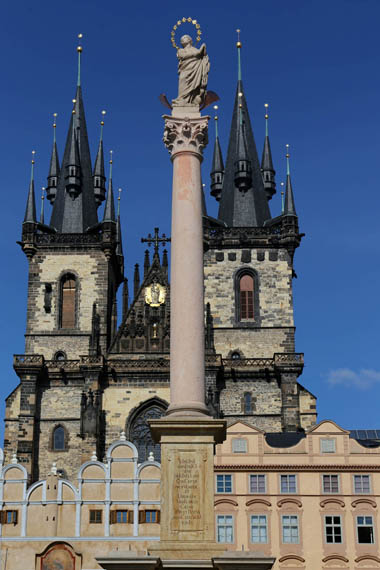

A phantom has haunted Prague’s Old Town Square for more than a century; in the aimless stare of the Jan Hus statue; the meridian traced in brass on the cobbles; a set of memorial stones with vandalized inscriptions set in the pavement; and the large unoccupied expanse between the Týn Cathedral and the Old Town Hall — a gaping caesura which to some has been as apparent as a missing front tooth.
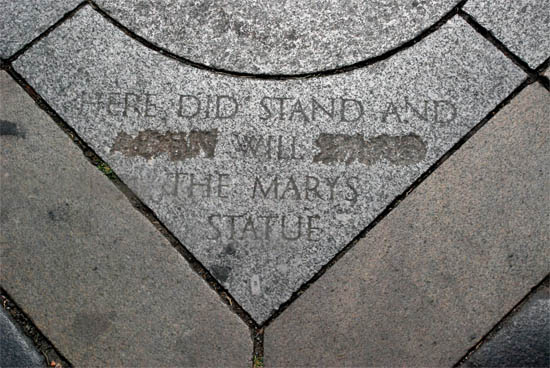
It flickered, fleetingly, to life on occasion; a vaporous ghost of the imagination, the site of a mysterious ritual, which
I reported on for this blog some years ago – the fumbling for my camera produced this blurry photograph (appropriate to the subject!) of a lone nun on the the eve of All Saints, come to place a bouquet of white lilies and light a candle on the hallowed site. A representative of the spirit of a hope, perhaps, instantiated by an arcane but strangely public ritual.
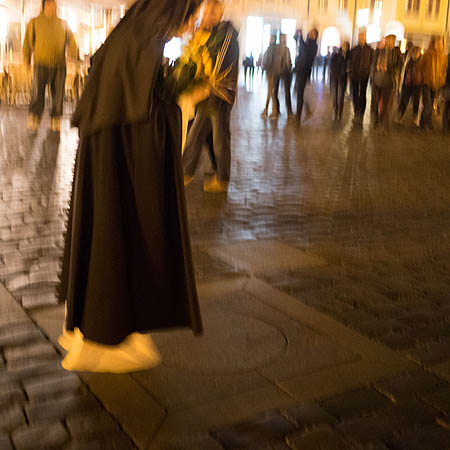
In old photographs, it appears as a visual anchor, a fixed pole around which the famously busy square rotates. In the previous century (before standard time) the city’s clocks were set to noon when the pillar’s shadow
aligned with the meridian. In the 17th century, it ascended toward the heavens as an expression of gratitude for victory over the Swedes – and the Protestants in general –, and it stood serenely there for nearly three centuries. In the 20th century, it descended toward the abyss at the hands of an angry crowd of firefighters spurred on by an anarchist firebrand, decrying it as a symbol of oppression.
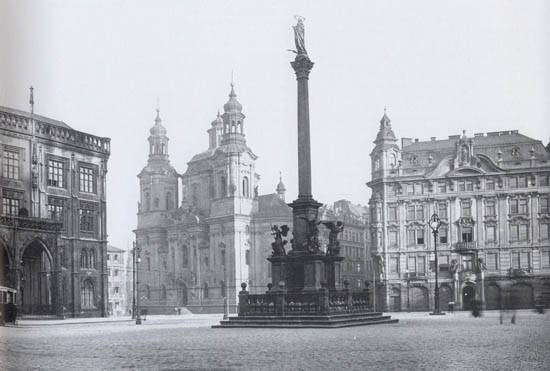
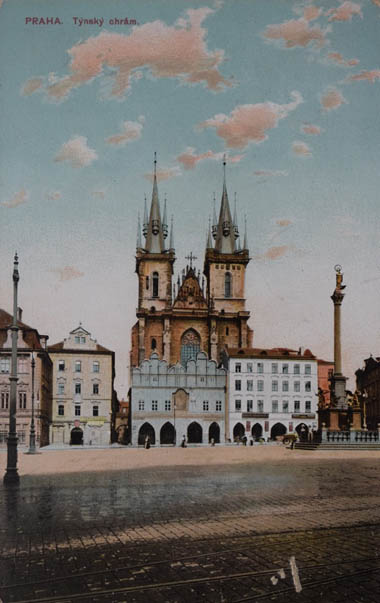
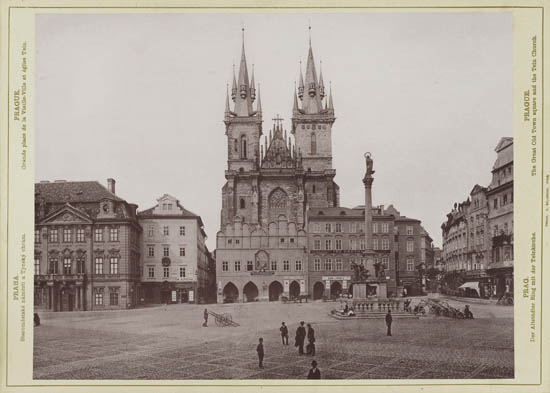
In the 21st, in the first week of June Anno Domini MMXX, it has risen again, as already
described by Studiolum in this blog. I saw it for the first time the day after the mounting of the Mary effigy atop the column, using the modern means of a crane. There it now sits, like a cherry on a mountain of cream. The four attendant angels, which are to sit at the corners of the rail surrounding the plynth are still to come.
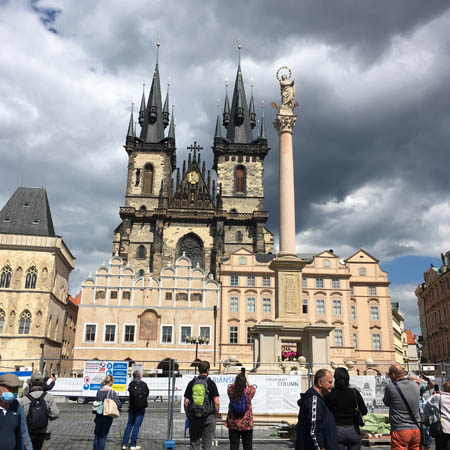
The project has been controversial,
A2Alarm described it as a “mock-up from Obi” and “amateurish”; while, unsurprisingly, it has been blessed by the Catholic church. Already, there has been at least one attempt
to vandalize the replica.
For my part, it is hard to say if the square is now “more complete” with its new ornament; or whether it serves well a restoration to a more “authentic” state for the square. I do not want to judge it. It makes me happy to see it, though, since so many other changes the city has undergone have at times been disappointing, if not outright tragic. If it finds a home in the hearts of Praguers, it will stay. At least until someone new manages to pull it down.
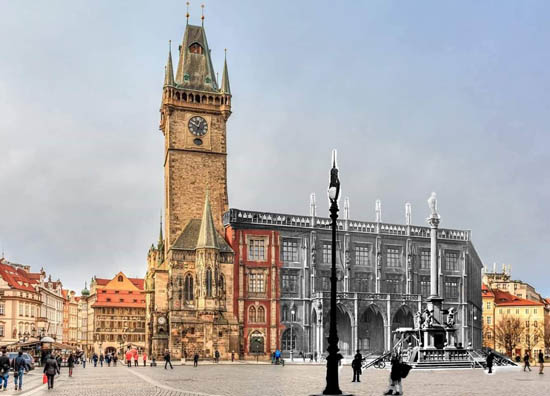 On the Praha Nostalgická site it has been proposed: “If we are already at it, why don’t we restore the old town hall in its original beauty?” One of the answers is that, then, Josef Gočár’s Cubist plan should be implemented instead:
On the Praha Nostalgická site it has been proposed: “If we are already at it, why don’t we restore the old town hall in its original beauty?” One of the answers is that, then, Josef Gočár’s Cubist plan should be implemented instead:
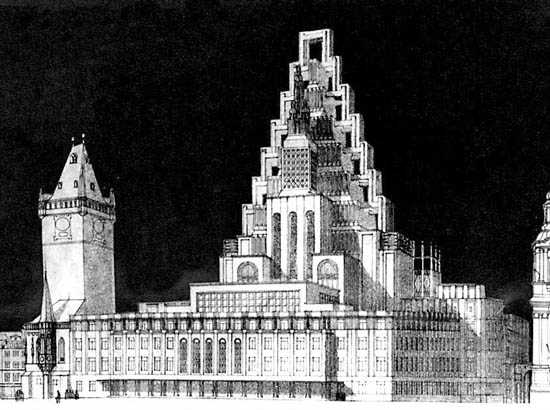













 On the Praha Nostalgická site it has been proposed: “If we are already at it, why don’t we restore the old town hall in its original beauty?” One of the answers is that, then, Josef Gočár’s Cubist plan should be implemented instead:
On the Praha Nostalgická site it has been proposed: “If we are already at it, why don’t we restore the old town hall in its original beauty?” One of the answers is that, then, Josef Gočár’s Cubist plan should be implemented instead:
 where we daily publish new photos about our travels around the world:
where we daily publish new photos about our travels around the world:




















































